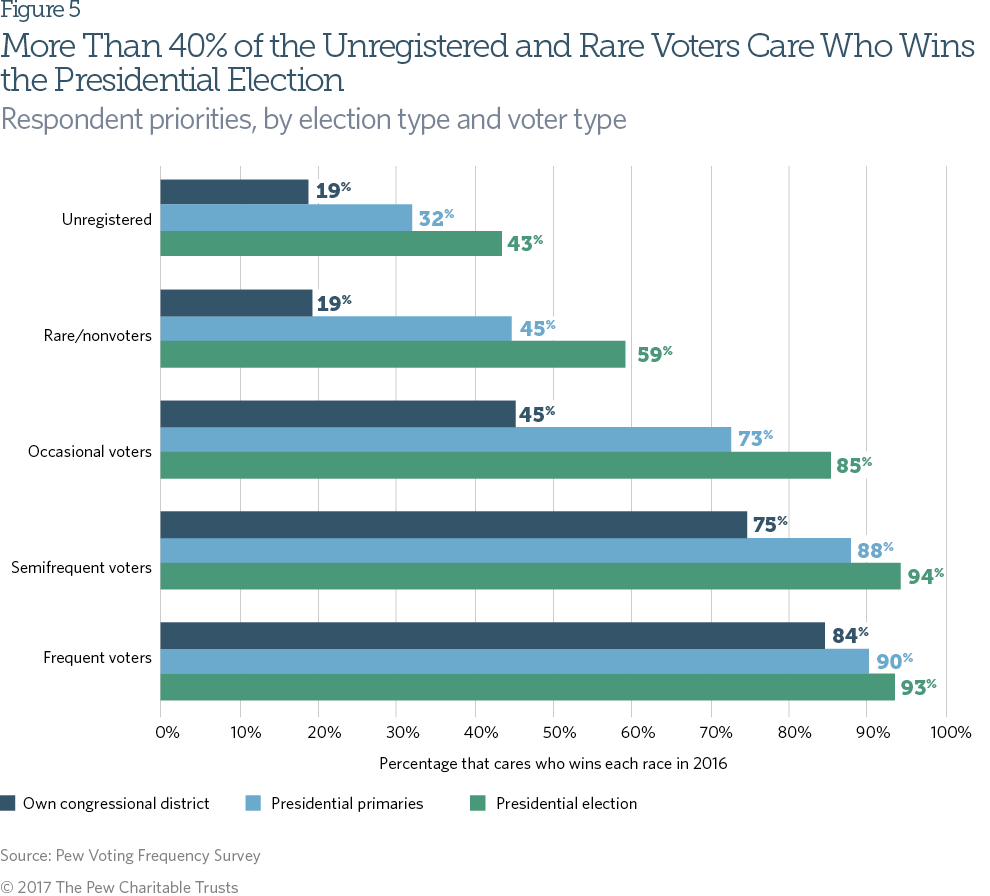

In the primary election, we encouraged voters to request an absentee ballot and to vote absentee.

We shifted to a digital model of communications and outreach, reaching voters through online methods and deploying new tools for voter engagement, such as peer-to-peer texting.In short order, we had to pivot our strategy to adapt to the circumstances of the pandemic. Our plans were quickly disrupted by COVID-19 which made it unsafe to conduct in-person activities and also drove uncertainty around election dates and voting methods. Like many doing voter engagement across the city, our previous work was heavily reliant on in-person organizing. We entered 2020 expecting it to be an historic election year in terms of voter turnout, with a highly anticipated presidential election following several years of increasing voter turnout.

We will continue to perform additional analysis of the characteristics of early voters and what might drive them to vote early versus on Election Day or by absentee. If a voter voted early in at least one previous election, they were 372% more likely to vote early in the 2020 general. We found that people who voted early in 2019 were more likely to vote early in the 2020 primary and general elections than people who had not yet voted early. In the general election, the average age of early voters was 49, compared to the overall voter age of 48.Ī person who votes early once is extremely likely to continue doing so. The average age of primary 2020 early voters was 52, compared to the overall voter average age of 51.

We found that young voters are just as likely as other voters to vote early, and widespread voter education efforts to encourage early voting in the general election paid dividends for all age groups. The 2020 general election was the second general election cycle with early voting available, which allowed us to look more closely at the characteristics of voters who vote early, using information readily available in the City’s voter file. Total turnout in the 2020 general was 61.9%, representing a slight increase of 1.6% over 2016’s turnout of 60.3%. The youth turnout trend was observable across the entire country, with total national youth turnout estimated to be between 52% to 55% percent nationwide, an increase of about 8% compared to 2016. Turnout for this age group increased by 3.4% from the 2016 to the 2020 general election. In presidential election years, voters aged 18 to 29 generally have higher turnout than they do in non-presidential years in 2020 we also saw an increase in voter turnout compared to the last presidential year. Turnout disparity can still be seen from a community district level, where the turnout difference between the highest and lowest turnout community districts continues to be about 25.0% in both the primary and the general elections. Staten Island, which had the lowest voter turnout in the primary election (20.6%), turned out to vote at a high rate in the general election, at almost 70.0%. Election Day voting saw its lowest vote method percentage ever with only 56.6% of primary election voters and 40.4% of general election voters choosing to vote in person on Election Day.Early voting was popular in the general election: 36.3% of general election voters early voted, compared to 7.6% of general election voters in 2019.Absentee voting, or vote by mail, was popular in the primary and general elections: 37.4% of primary election voters and 21.4% of general election voters returned absentee ballots, compared to 2.6% of voters who returned absentee ballots in the 2019 general election.For the most part, elected officials and election administrators rose to the occasion and New York City voters were resilient and found a way to safely vote in spite of these challenges.įor the first time ever, all voters were able to vote by three ways: by mail, early in person, or on Election Day. The 2020 election year was dominated by media coverage of the presidential race and mitigating the effects of the COVID-19 pandemic. Transition and Inauguration Entities (TIEs).Final Audit Reports/Final Board Determinations (FARs/FBDs).


 0 kommentar(er)
0 kommentar(er)
